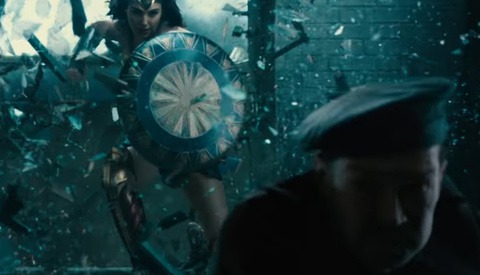Obsession: The Divide Between Making Hundreds to Thousands as a Professional Photographer
I’ve learned a lot over the past 15 years as a professional artist. I’ve learned a lot about fear, failure, and success. I’ve been fortunate enough to mentor and educate thousands of photographers all over the world. Even as a young four-year photographer who many would still consider “green,” I’ve taught photographers from all walks of life, all levels of advancement, and even some who had reached a level of comfortable success.










